

Anthony Crawford
1990 Lamborghini Countach review
5 Days Ago

Contributor
The 2021 Peugeot 308 has gone official.
France’s answer to the Volkswagen Golf has been comprehensively overhauled for 2021 with plug-in hybrid power on the menu.
It’s on track to arrive in Australia during the first quarter of 2022.
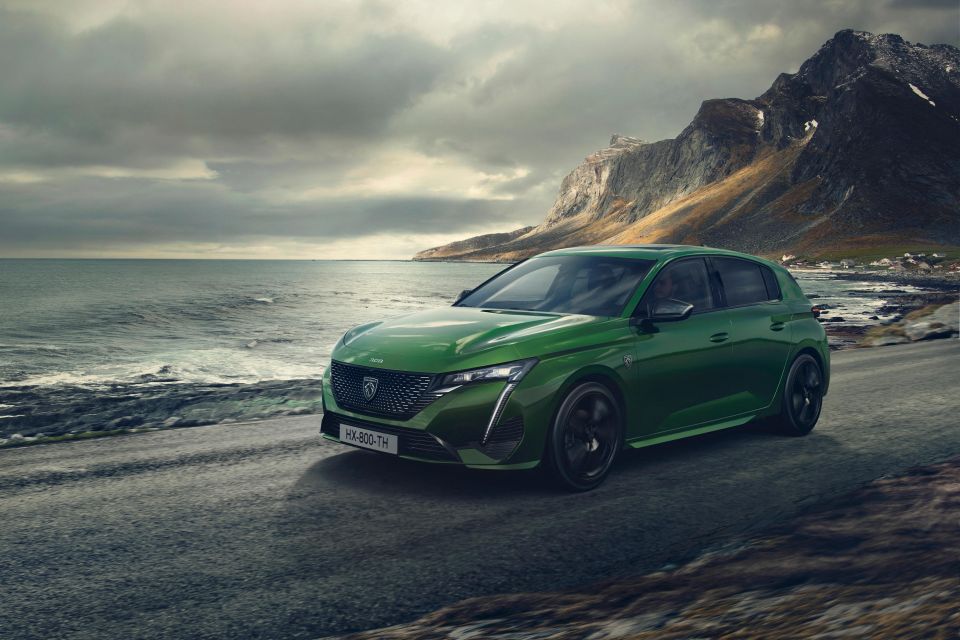
Under the skin is an evolution of the EMP2 platform from the current model.
It has a 55mm longer wheelbase than before, most of which Peugeot says has been dedicated to providing more legroom for rear seat passengers.
Boot space is 412L, with a further 28L under the floor. There’s 1323L available with the rear seats folded flat.
The roof has been lowered by 20mm, and the windscreen is more aggressively raked to create a more dramatic look.
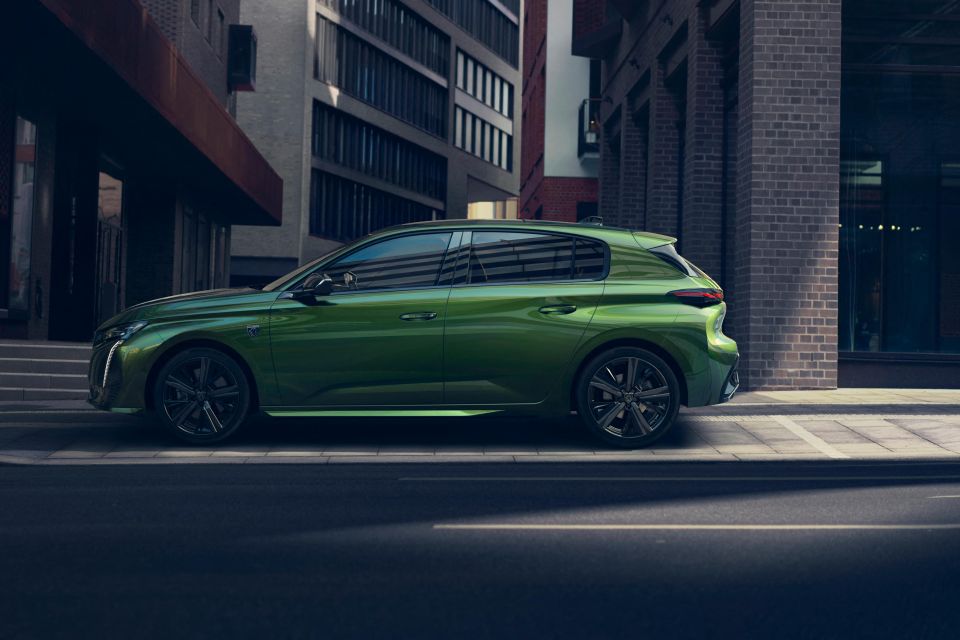
Headlining the new engine range is a pair of plug-in hybrids. The first combines a 132kW petrol engine with an 81kW electric motor, and has 59km of electric range on the WLTP test cycle from its 12.4kWh battery pack.
The second has a 110kW petrol engine instead of the 132kW unit, and offers 60km of all-electric motoring.
Also available in Europe are three-cylinder petrol engines with 82kW and 97kW of power, and a turbo-diesel four-cylinder engine with 97kW.
Although local details haven’t been confirmed, it’s likely Australia will get the 97kW petrol engine. The base engine isn’t available with an automatic, while diesel small cars sales are waning rapidly Down Under.
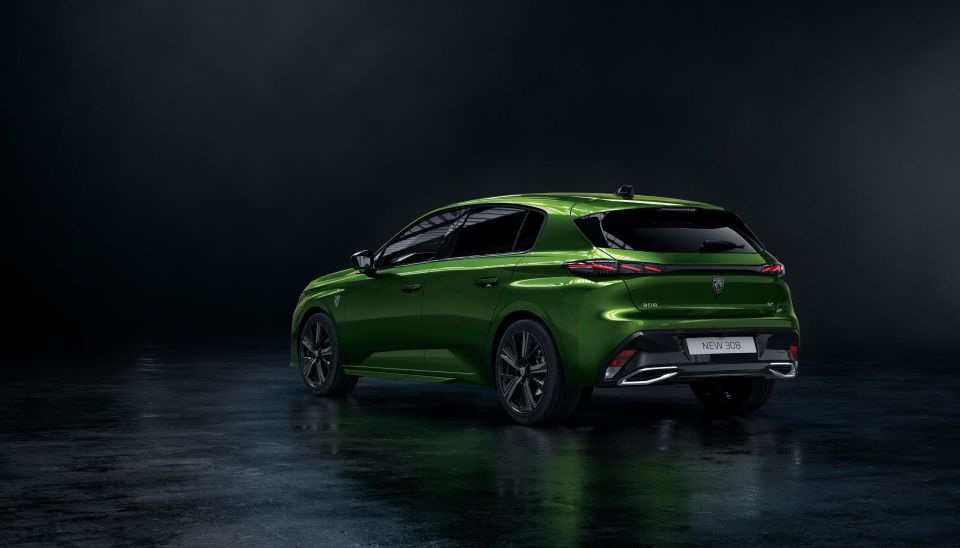
It’s not yet clear if the plug-in hybrid will make the trip to Australia, but the 3008 and 508 PHEV have both been confirmed for local showrooms.
Inside, the 308 follows closely in the footsteps of the new Peugeot 2008 with its iCockpit layout.
The dashboard is dominated by a 10-inch touchscreen infotainment system, and the driver is faced with another customisable 10-inch display.
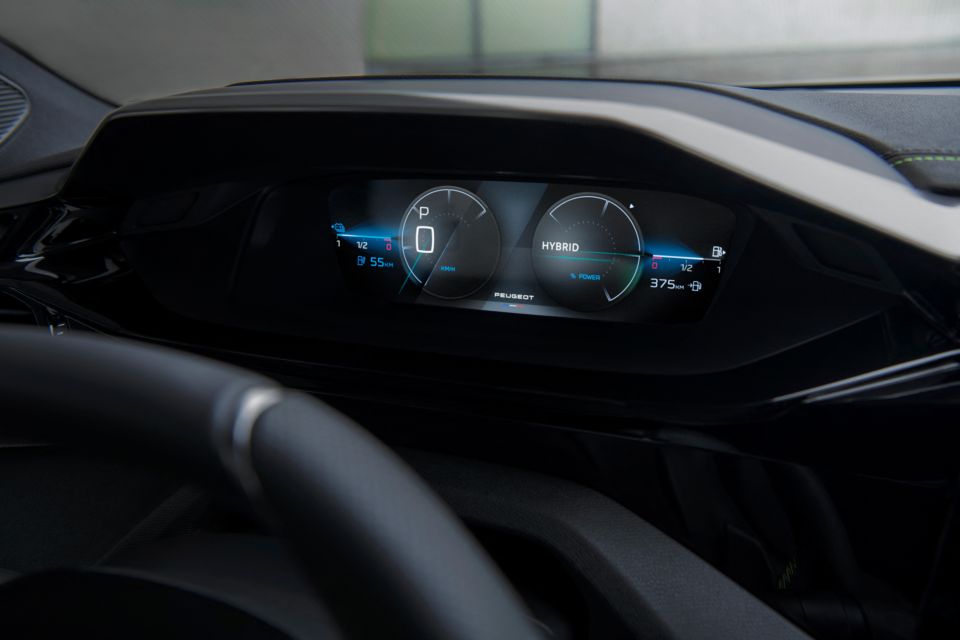
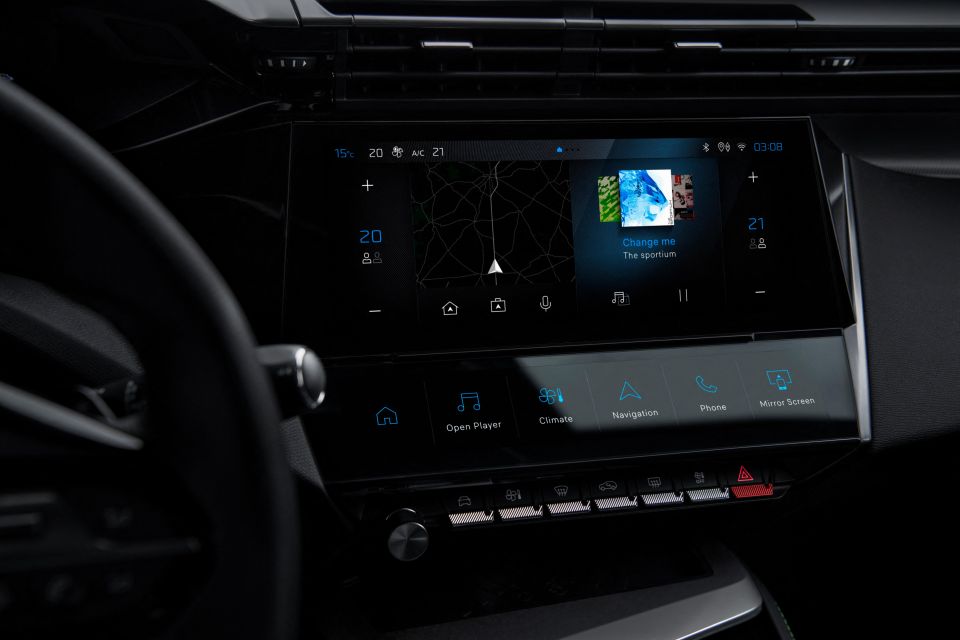
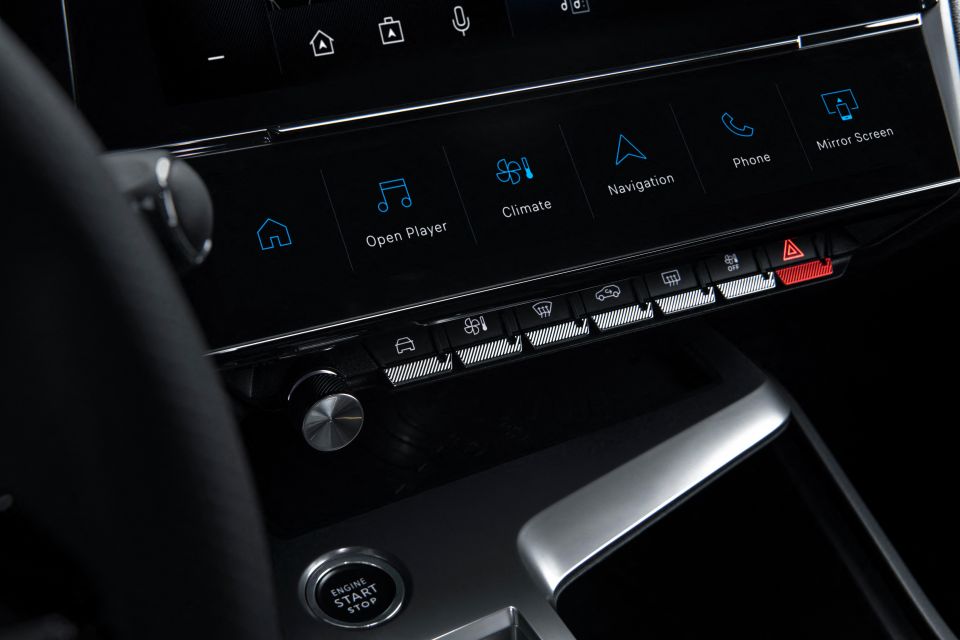
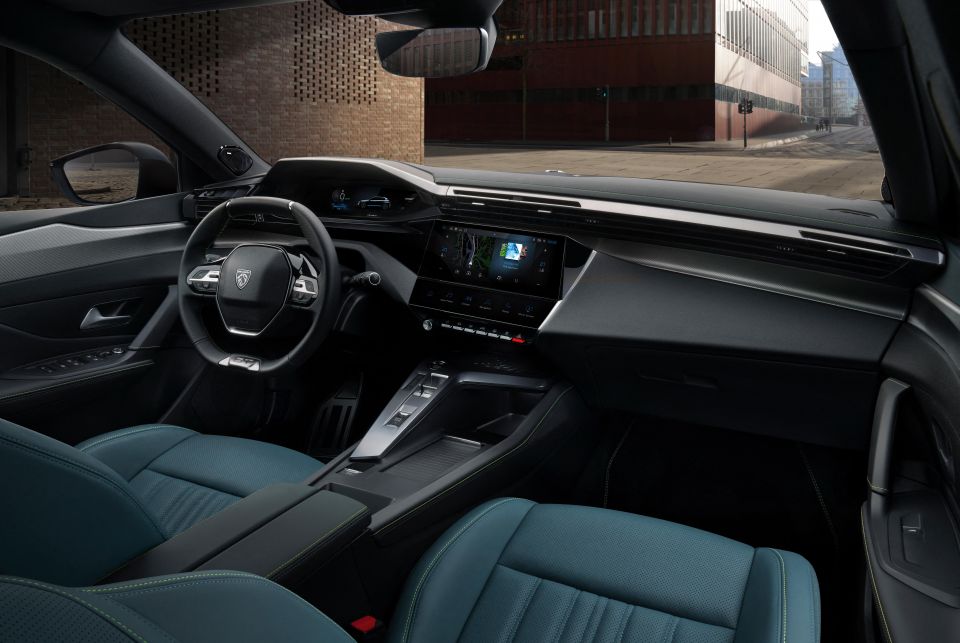
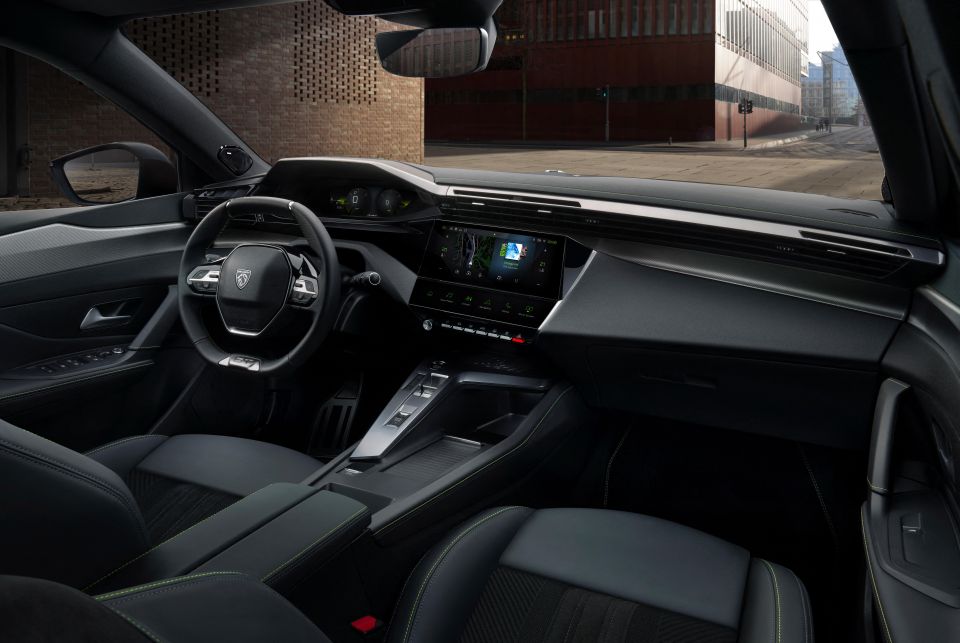
Beneath the central screen is a row of touch-based shortcut switches which can be customised by the driver. There’s also piano-style toggles at the base of the centre console.
Wireless phone charging and an array of USB-C ports all feature.
A full range of active safety assists will feature, including semi-autonomous lane change for the adaptive cruise, long-range blind-spot monitoring, rear cross-traffic alert, and a new reversing camera and surround-view camera.

As you’d expect, autonomous emergency braking with pedestrian detection, driver attention monitoring, traffic sign recognition, lane-keeping assist, and auto high-beam also feature.
Where expert car reviews meet expert car buying – CarExpert gives you trusted advice, personalised service and real savings on your next new car.
Scott Collie is an automotive journalist based in Melbourne, Australia. Scott studied journalism at RMIT University and, after a lifelong obsession with everything automotive, started covering the car industry shortly afterwards. He has a passion for travel, and is an avid Melbourne Demons supporter.


Anthony Crawford
5 Days Ago


Matt Campbell
4 Days Ago


James Wong
3 Days Ago


Max Davies
2 Days Ago


Josh Nevett
1 Day Ago
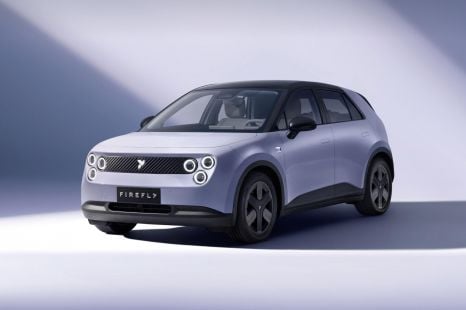

William Stopford
17 Hours Ago